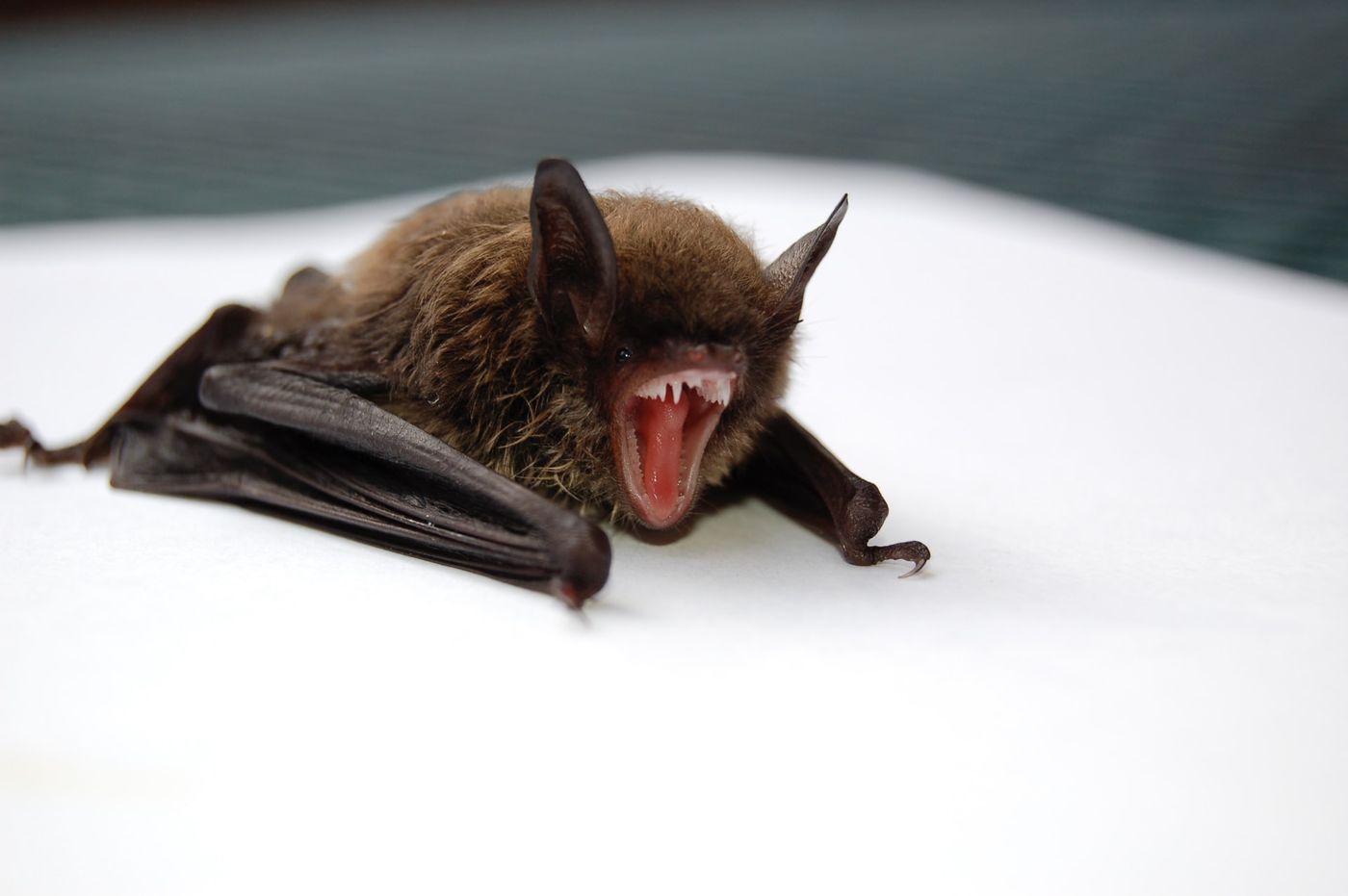Lab-Grown Bat Guts Offer Clues on Viral Outbreak Origins
Bats have a notorious reputation as disease-spreaders—these fuzzy, winged creatures are said to be the source of more viral threats than any other mammal on Earth. Bats have been pinpointed as the link between many dangerous viruses spreading from animals to humans, including ebola, SARS, Nipah, and the Marburg viruses.
If bats can harbor so many viral killers, why is it that they don’t get sick themselves? Could this be a vital clue in stopping the spread of zoonotic viruses?
A team of Japanese researchers has set about finding answers to these long-standing questions using a breakthrough experimental tool: lab-grown bat intestines. Their findings were presented in the International Journal of Molecular Sciences.
Research in this field has been hampered by a lack of experimental models for studying viral dynamics in bats. Live bats are not standard research models, and thus far, most studies have been performed using simplified cell culture models of bat cells. A better, more realistic model of bat physiology and immunology could pave the way for a deeper understanding of virus-bat relationships, said Tsutomu Omatsu, an author of the report.
Omatsu and colleagues isolated intestinal cells from a flying fox species called Rousettus leschenaultia. This small, cave-dwelling bat is commonly found across Southeast Asia and is known to be a natural reservoir of viruses such as Ebola. The researchers used the cells they collected to construct a three-dimensional clump of bat tissue, kept alive under highly specialized cell culture conditions. Known as an organoid, these lab-grown tissues are thought to mirror the anatomical and physiological properties of their source more accurately than two-dimensional cell cultures.
Preliminary tests proved that the bat organoids could be inoculated with a virus called pteropine orthoreovirus, a pathogen that has caused respiratory infections in humans.
As the next steps, the team plans to grow other bat tissues—lungs, liver, kidneys—to gain even deeper insights on how bats can host disease-causing viruses while remaining immune to infection.









